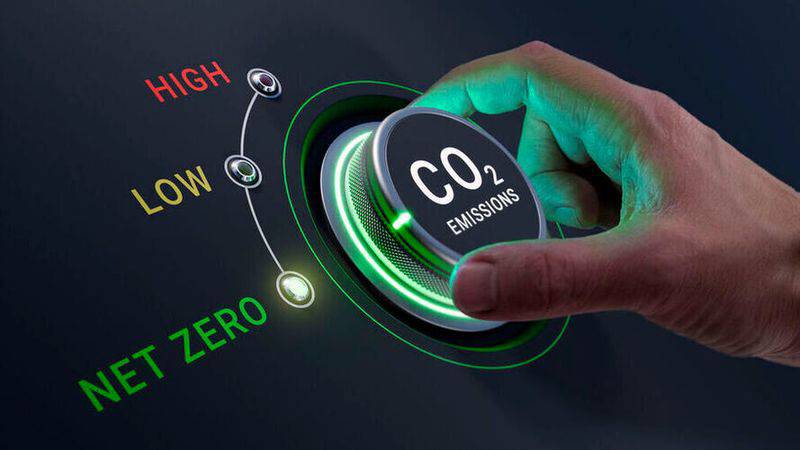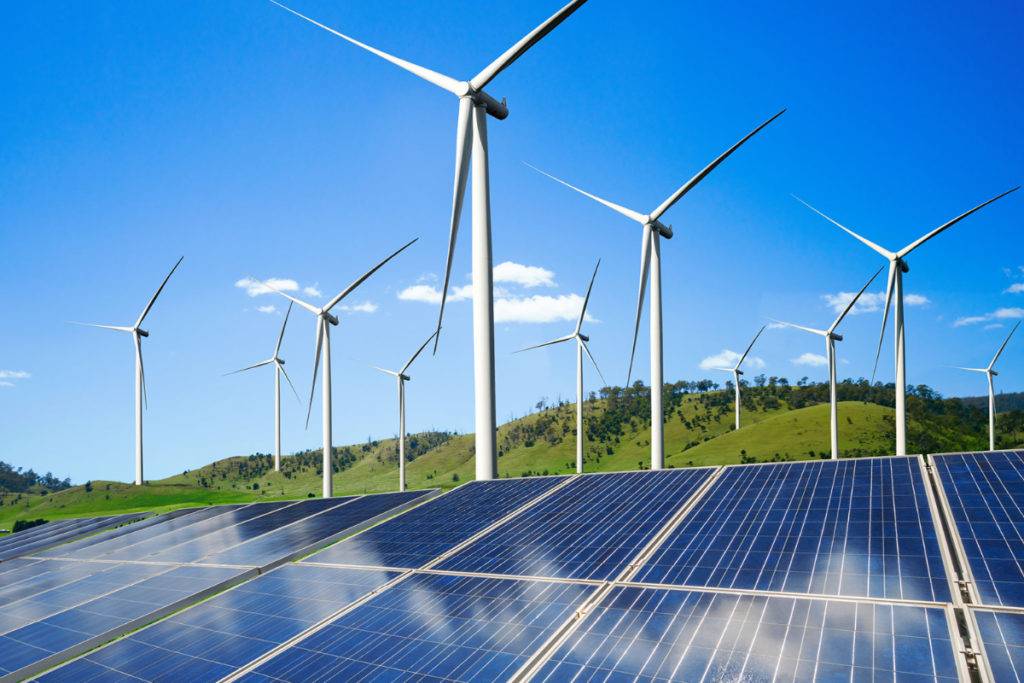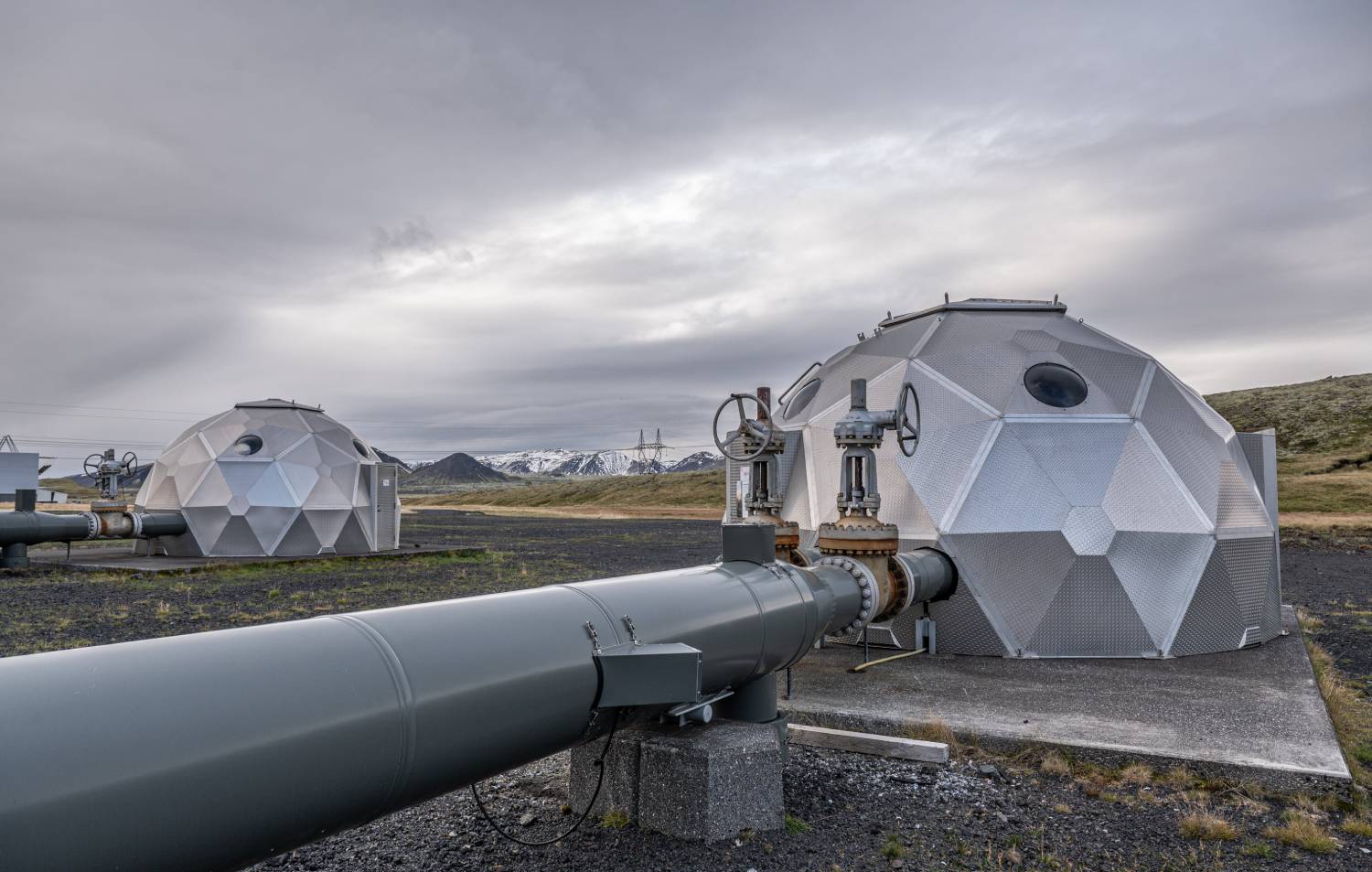The Science Blog

Carbon Capture Technology: A Viable Solution to Climate Change?
In the face of escalating climate change, the world is in urgent need of innovative solutions to mitigate its impacts. Global temperatures are rising, and extreme weather is happening more often. So, the need for effective climate innovation is more urgent than ever. A promising area is carbon capture technology. This geoengineering method aims to lower carbon dioxide levels in the atmosphere. But is it truly a viable solution to our climate woes? In this blog, we will look at carbon capture technology. We will discuss its benefits and how it helps fight climate change.
Carbon capture and storage (CCS) is a subset of carbon capture technology. It has been hailed as a potential game-changer in the fight against climate change. However, it is not without its critics and challenges. We will explore how carbon sequestration works and look at real-world examples. This will help us see if this green technology can be a key part of our climate strategy.
Why Carbon Capture Matters
Before discussing carbon capture technology, we need to understand why it matters for climate change. The main cause of global warming is greenhouse gases. Carbon dioxide (CO2) is the biggest contributor to the atmosphere. Human activities include burning fossil fuels for energy and deforestation. It has raised CO2 levels significantly. This adds to the greenhouse effect and global warming.
Carbon capture technology helps tackle the problem. It captures CO2 emissions at their source. Then, it stores them underground or repurposes them for industrial use. This approach cuts CO2 emissions and helps industries move toward more sustainable practices. Carbon capture technology is key to climate innovation. It helps us transition from fossil fuels to a sustainable future.
The Mechanics of Carbon Capture Technology

To fully appreciate the potential of carbon capture technology, it is crucial to understand how it works. Carbon capture has three main steps: capturing CO2 emissions, transporting the CO2, and securely storing it.
Capturing CO2 Emissions
Carbon capture begins at the source of emissions, such as power plants or industrial facilities. Several methods capture CO2. These include pre-combustion capture, post-combustion capture, and oxyfuel combustion. Each method has its pros and cons. The goal is clear: separate CO2 from other gases. This keeps it from entering the atmosphere.
Transporting Captured CO2
Once captured, the CO2 must be transported to a storage site. This is typically achieved through pipelines, although transportation by ship or rail is also possible. Choosing a transportation method depends on distance, cost, and available infrastructure.
Storing CO2 Securely
The final step in the carbon capture process is storage. CO2 can be stored in geological formations, such as depleted oil and gas fields or deep saline aquifers. These formations have the capacity to hold large volumes of CO2 securely, reducing the risk of leakage. CO2 can also help with enhanced oil recovery (EOR). It gets injected into oil fields to boost oil extraction. At the same time, it stores CO2 underground.
Benefits of Carbon Capture Technology

Carbon capture technology provides many benefits. This makes it a great choice for fighting climate change. Here are some of the key advantages:
Reducing Atmospheric CO2 Levels
Carbon capture technology mainly helps cut CO2 emissions. This, in turn, lowers the CO2 levels in the atmosphere. This is key for reducing global warming and meeting climate goals, like those in the Paris Agreement.
Enabling Industrial Decarbonisation
Many industries, such as cement, steel, and chemical manufacturing, are inherently carbon-intensive. Carbon capture technology helps these industries reduce carbon emissions. They can do this without changing their operations completely. Industries can keep running and lower their carbon footprint by capturing and storing CO2 emissions.
Supporting a Transition to Renewable Energy
Renewable energy sources, like wind and solar, are growing fast. However, it will take time to switch to a fully renewable energy grid. Meanwhile, carbon capture technology can help reduce emissions from current fossil fuel power plants. This ensures a more manageable transition to a low-carbon energy system.
Challenges and Criticisms
Despite its potential, carbon capture technology is not without its challenges and criticisms. Some of the primary concerns include:
High Costs
Carbon capture technology can be costly. There are high upfront costs to capture, transport, and store CO2. Costs should drop as the technology improves. However, financial barriers still pose a big challenge for widespread use.
Energy Intensity
Carbon capture needs energy. This can reduce some of the emissions benefits gained. Using energy from renewable sources for carbon capture is key to boosting its environmental benefits.
Risk of Leakage
Storing CO2 underground poses a risk of leakage, which could negate the benefits of carbon capture. Geological storage sites are picked and watched closely, but there is still a risk of leaks. This concern needs careful site assessment and management.
Expert Insights and Recommendations
To make the most of carbon capture technology, experts suggest using a varied strategy that includes:
Policy Support and Incentives
Government policies and incentives can help boost the adoption of carbon capture technology. Governments can help industries invest in carbon capture and storage. They can do this by offering financial support and setting up regulatory frameworks.
Collaboration and Innovation
Governments, industries, and research institutions must work together to improve carbon capture technology. Stakeholders can boost innovation by sharing knowledge and resources. This helps them tackle technical and financial challenges.
Integration with Renewable Energy
To get the most environmental benefits from carbon capture, we should combine it with renewable energy sources. By using renewable energy to power carbon capture processes, we can reduce the overall carbon footprint of the technology.
Carbon Capture: A Key Player in the Fight Against Climate Change

Carbon capture technology holds significant promise as a viable solution to climate change. It cuts CO2 emissions and helps industries go green. This creates a path to a sustainable future. However, to fully realise its potential, we must address the challenges of cost, energy intensity, and leakage risk. With policy support and teamwork, carbon capture technology can play a key role in our climate strategy. It can help us make real progress against climate change by integrating with renewable energy.
Carbon capture technology shows our creativity and dedication to protecting the planet. We keep exploring climate innovation for future generations. The path to a sustainable future is tough. But with teamwork and commitment, carbon capture technology can help create a greener, stronger world.









